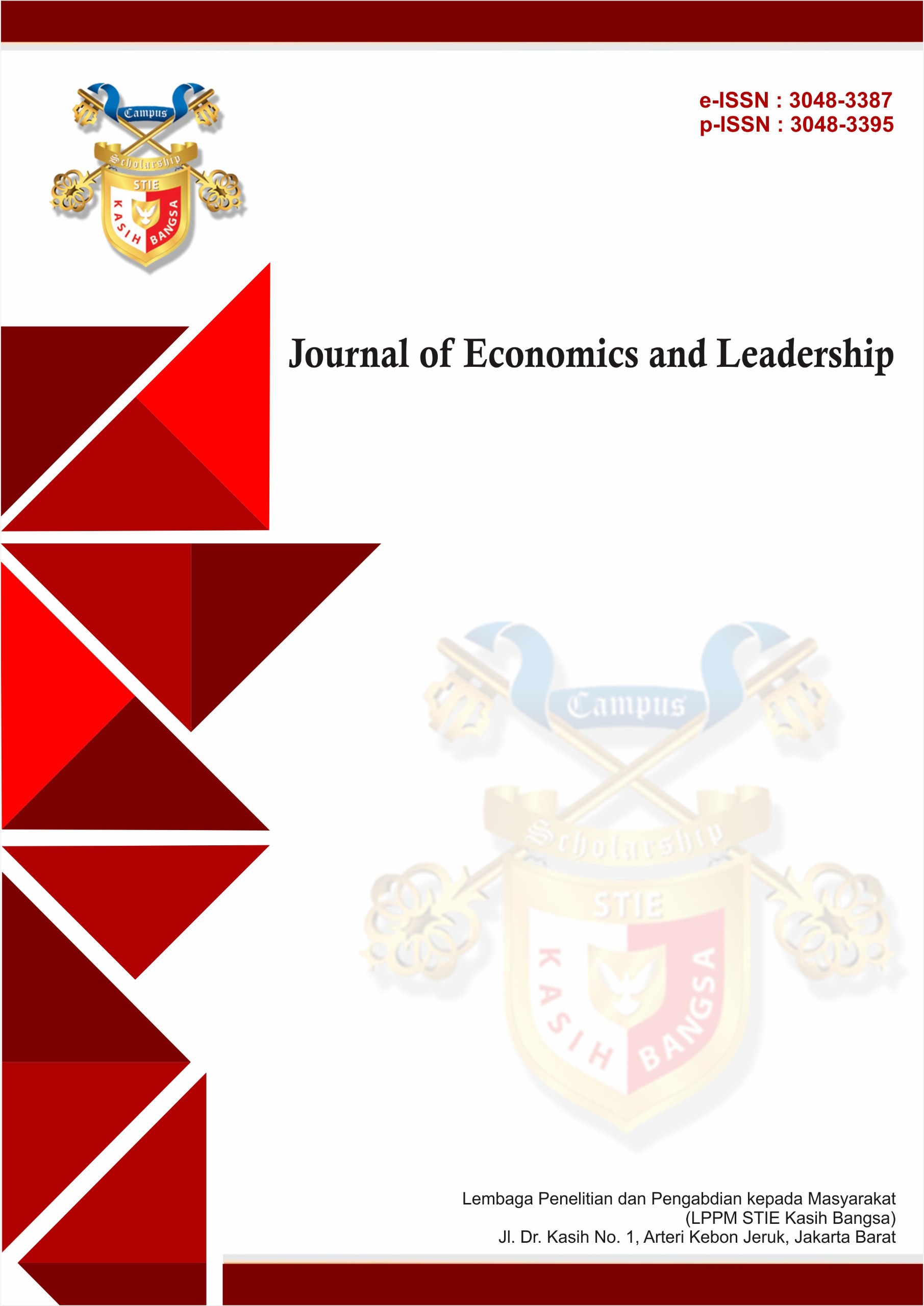Investigating the Role of Trust in Virtual Team Management: A Qualitative Inquiry
DOI:
https://doi.org/10.70142/jbl.v1i1.4Keywords:
Trust in virtual teams, Qualitative inquiry, Team managementAbstract
This qualitative study delves into the crucial role of trust in the management of virtual teams. The research aims to investigate how trust influences the dynamics of virtual team functioning. Employing a qualitative approach, this study utilizes semi-structured interviews with virtual team managers and members to gather rich insights into their experiences and perspectives. Data analysis involves thematic analysis, identifying recurring patterns and themes related to trust in virtual team environments. The findings underscore the significance of trust in fostering effective communication, collaboration, and performance within virtual teams. Moreover, the study illuminates the nuances of trust-building strategies and challenges faced in virtual team settings. This research contributes to a deeper understanding of the complexities of managing virtual teams and offers valuable insights for practitioners and scholars alike.
References
Biernacki, P., & Waldorf, D. (1981). Snowball Sampling: Problems and Techniques of Chain Referral Sampling. Sociological Methods & Research, 10(2), 141–163.
Braun, V., & Clarke, V. (2006). Using thematic analysis in psychology. Qualitative Research in Psychology, 3(2), 77–101.
Cigularov, K. P., Chen, P. Y., & Rosecrance, J. (2010). Is trust in virtual teams different? A meta-analysis of trust in virtual teams. Journal of Leadership & Organizational Studies, 17(4), 393–401.
Creswell, J. W. (2013). Qualitative Inquiry and Research Design: Choosing Among Five Approaches (3rd ed.). Sage Publications.
Cummings, L. L., & Bromiley, P. (1996). The Organizational Trust Inventory (OTI): Development and validation. In R. M. Kramer & T. R. Tyler (Eds.), Trust in Organizations: Frontiers of Theory and Research (pp. 302–330). Sage Publications, Inc.
Dirks, K. T., & Ferrin, D. L. (2001). The role of trust in organizational settings. Organization Science, 12(4), 450–467.
Ferrazzi, K., & Gargiulo, R. (2014). Relationship currency: Building trust, reciprocity, and value in your social networks. In M. R. Andrews & D. Knoke (Eds.), Social Networks and Organizations (pp. 125–151). Sage Publications, Inc.
Guest, G., Bunce, A., & Johnson, L. (2006). How Many Interviews Are Enough? An Experiment with Data Saturation and Variability. Field Methods, 18(1), 59–82.
Jarvenpaa, S. L., & Leidner, D. E. (1999). Communication and trust in global virtual teams. Journal of Computer-Mediated Communication, 3(4), JCMC346.
Mayer, R. C., Davis, J. H., & Schoorman, F. D. (1995). An integrative model of organizational trust. Academy of Management Review, 20(3), 709–734.
Maznevski, M. L., & Chudoba, K. M. (2000). Bridging space over time: Global virtual team dynamics and effectiveness. Organization Science, 11(5), 473–492.
McAllister, D. J. (1995). Affect- and cognition-based trust as foundations for interpersonal cooperation in organizations. Academy of Management Journal, 38(1), 24–59.
Nowell, L. S., Norris, J. M., White, D. E., & Moules, N. J. (2017). Thematic Analysis: Striving to Meet the Trustworthiness Criteria. International Journal of Qualitative Methods, 16(1), 1609406917733847.
Palinkas, L. A., Horwitz, S. M., Green, C. A., Wisdom, J. P., Duan, N., & Hoagwood, K. (2015). Purposeful Sampling for Qualitative Data Collection and Analysis in Mixed Method Implementation Research. Administration and Policy in Mental Health and Mental Health Services Research, 42(5), 533–544.
Rousseau, D. M., Sitkin, S. B., Burt, R. S., & Camerer, C. (1998). Not so different after all: A cross-discipline view of trust. Academy of Management Review, 23(3), 393–404.
Turel, O., & Connelly, C. E. (2012). Team cohesion, trust, and communication in the implementation of information systems. Journal of Management Information Systems, 29(1), 241–272.
Watson-Manheim, M. B., Chudoba, K. M., & Crowston, K. (2002). Discontinuities and continuities: A new way to understand virtual work. Information, Technology & People, 15(3), 191–209.















